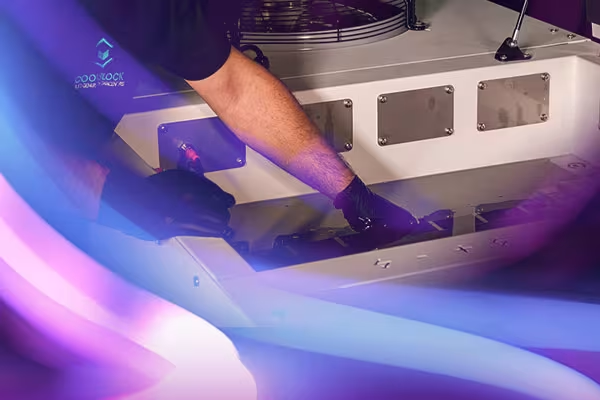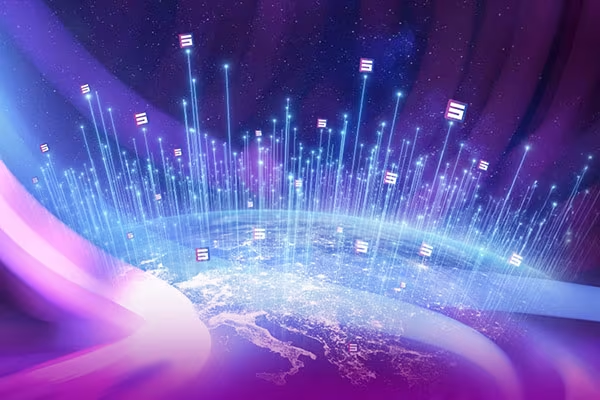

Green Data Centers Explained: How Immersion Cooling Reduces Energy Use and Emissions
As businesses and governments worldwide push for greener, more sustainable digital infrastructure, data centers are under increasing scrutiny. In the EU alone, data centers consume ~2–3% of total electricity and with AI, cloud computing and edge applications booming, that number is set to rise. To meet sustainability targets while maintaining high performance, immersion cooling has emerged as a transformative technology for green data centers. In this article, we’ll explain what green data centers are, how immersion cooling works, the environmental and operational benefits and why this matters for sustainable hosting.
What is a Green Data Center?
A green data center is designed to minimize environmental impact across its lifecycle. This includes:
- Energy efficiency – using less electricity to cool and power servers.
- Reduced water consumption – optimizing water usage in cooling processes.
- Renewable energy sourcing – integrating solar, wind, or hydroelectric power.
- Efficient IT infrastructure – high-density servers and optimized racks.
- Lifecycle sustainability – considering emissions from manufacturing, operation, and disposal.
Green data centers are increasingly important as organizations aim to meet EU energy efficiency directives, comply with sustainability reporting standards, and reduce operational costs.
Why Cooling Matters
Cooling is one of the largest energy consumers in a data center. Traditional air-cooling methods require:
- Fans, chillers and pumps that draw significant electricity.
- Airflow management strategies that occupy space and infrastructure.
- Water consumption in some cases for evaporative cooling.
As workloads grow and servers become more dense (think AI GPUs or high-performance compute clusters), air cooling struggles to keep up, often requiring larger HVAC systems that increase both energy and carbon footprints.
What is Immersion Cooling?
Immersion cooling submerges servers or server components directly into a dielectric (non-conductive) liquid. Heat is transferred directly from the components to the liquid, which is then circulated and cooled.
There are two main types:
- Single-phase immersion – the liquid remains in its liquid state, transfers heat, and is cooled via a heat exchanger.
- Two-phase immersion – the liquid boils into vapor at the component surface, then condenses in a closed loop.
Compared to air cooling, immersion cooling offers far superior heat transfer, enabling higher server densities in smaller footprints.
Environmental Benefits of Immersion Cooling
1. Reduced Energy Use
Immersion cooling can reduce data center energy consumption by up to 20% compared to traditional air-cooled designs. The main savings come from:
- Eliminating high-powered fans.
- Lowering the need for chillers.
- Improved heat transfer efficiency, reducing electricity per compute unit.
2. Lower Carbon Emissions
By using less electricity, immersion cooling reduces greenhouse gas emissions, especially in regions where electricity grids rely on fossil fuels.
- Studies show 15–25% reduction in CO₂ emissions when switching from air to immersion cooling, depending on energy source.
- Combining immersion cooling with renewable energy amplifies these environmental benefits.
3. Water Conservation
Traditional cooling, especially evaporative systems, can consume significant amounts of water. Immersion cooling often drastically reduces water use:
- Single-phase immersion can cut water consumption by 30–50%.
- Two-phase systems may require virtually no water at all.
This is particularly important for Mediterranean regions like Greece, where water scarcity is a concern.
Operational Advantages Beyond Sustainability
- High-Density Servers
- Immersion cooling allows racks to host more compute power per square meter, enabling smaller footprints and lower real estate costs.
- Immersion cooling allows racks to host more compute power per square meter, enabling smaller footprints and lower real estate costs.
- Lower Noise & Maintenance
- Fans are removed, reducing noise pollution.
- The sealed liquid environment limits dust accumulation and thermal cycling, extending hardware lifespan.
- Improved Total Cost of Ownership (TCO)
- While initial setup can be higher, energy, cooling infrastructure, and space savings lead to lower long-term costs.
Challenges & Considerations
- Initial Investment – Immersion racks are costlier than traditional air-cooled racks.
- Hardware Compatibility – Ensure servers are immersion-ready or under warranty for liquid submersion.
- Staff Training – Maintenance protocols differ from traditional data centers.
- Lifecycle Metrics – Focus on total energy, water, and carbon footprint rather than just PUE.
Despite these challenges, the ROI in sustainability, performance, and density often outweighs the upfront costs.
Why Immersion Cooling is the future of sustainable hosting
For companies seeking green hosting solutions, immersion cooling enables:
- Lower energy bills and carbon emissions.
- Compliance with EU energy efficiency and sustainability directives.
- High-performance hosting options for AI, cloud, and HPC workloads.
- Positive brand impact by aligning with corporate ESG goals.
**Green data centers powered by immersion cooling are not just environmentally responsible - they’re also technically superior and economically compelling.
Do you want to work with the first Data Center in Greece which implements Immersion Cooling? Get in touch with our team!
Follow us on social media for company’s updates and industry news 👇




